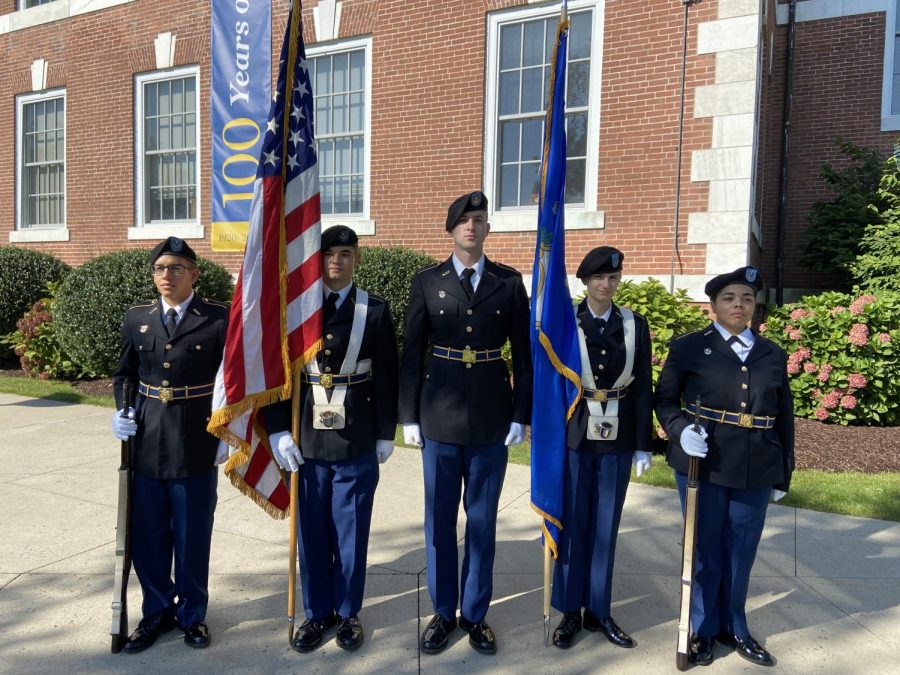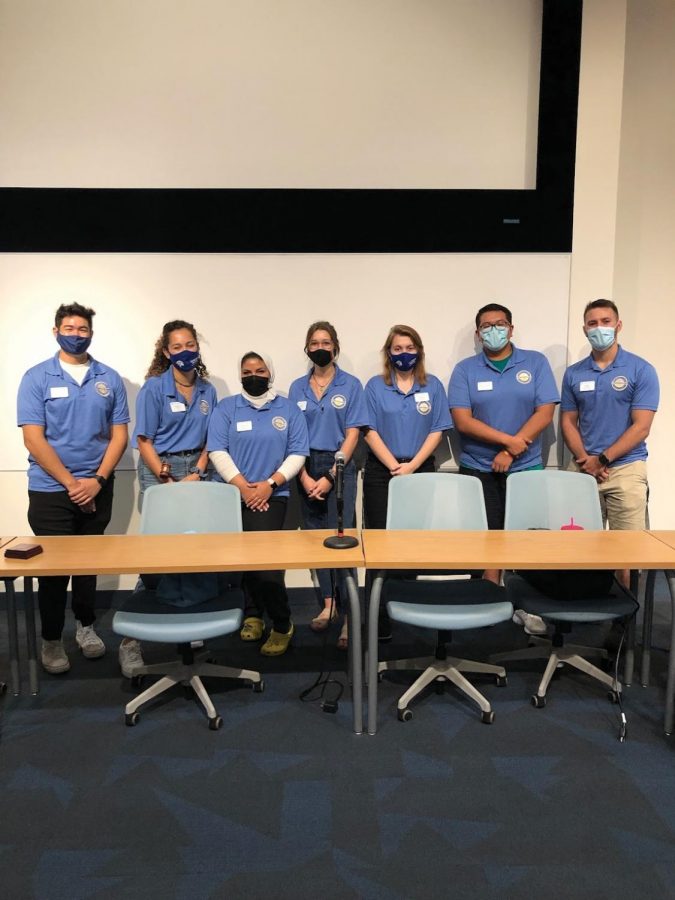We still have a far way to go before we reach a world of 4G technology, Dr. Amir Esmailpour, assistant professor in the department of Electrical and Computer Engineering and Computer Science, said during a lecture Feb. 8 at the Marvin K. Peterson Library.
Esmailpour’s talk, titled “Evolution of the 4G Wireless Network Technologies,” traced previous technological paradigms and explained why the fourth generation of networking has yet to arrive. “We are trying to have an interoperable network in which different types of networks work together,” said Esmailpour.
There are multiple problems with realizing that goal, Esmailpour pointed out to the group of nearly 50 students and faculty members who had come to see him speak. The most difficult of these problems is that each of our current wireless technologies relies on a different type of underlying set of tools for transmission, reception, information storage and security. “We have had wireless technology for the last century,” he said. “But a big part of it is in a wired infrastructure.” Using a diagram to emphasize his point, Esmailpour listed a number of “wired” devices needed for the wireless world, such as satellites, servers and antennae.
The news isn’t all bad; the integration needed for 4G has progressed a long way since it was first talked about a decade ago, Esmailpour said. Today, people can use applications such as email across different platforms. For instance, the same email account can be accessed as easily from a cell phone as it can from a laptop.
However, he pointed out, this cross-pollination of applications is fundamentally different from the integration of the wireless systems themselves. Your computer may access email through a Wi-Fi access point. However, your cell phone likely uses something called the Universal Mobile Telecommunications System, or UMTS, to get to that same account.
Aside from the costs of updating equipment to serve an integrated 4G society, Esmailpour noted that there are issues of security and quality of service that must also be overcome. He and a team of his UNH students have been researching ways to build integrated solutions to these gaps in technology according to the two main contenders for a future 4G standard, called WiMAX and LTE.
Esmailpour said that part of the reason he decided to give a talk on this highly technical subject was because he did not want non-experts who use technology every day to be fooled by advertisers using the term 4G as a gimmick to sell products.
“I always like companies to give the correct information,” he said. Too often, he added, advertisers tell people what they want to hear, instead of telling them what they need to know and allowing them to make informed decisions.
Esmailpour’s lecture was the first in a series of talks sponsored by the library throughout the semester. Three more lectures are planned through March and April. To learn more, visit www.newhaven.edu/library.










